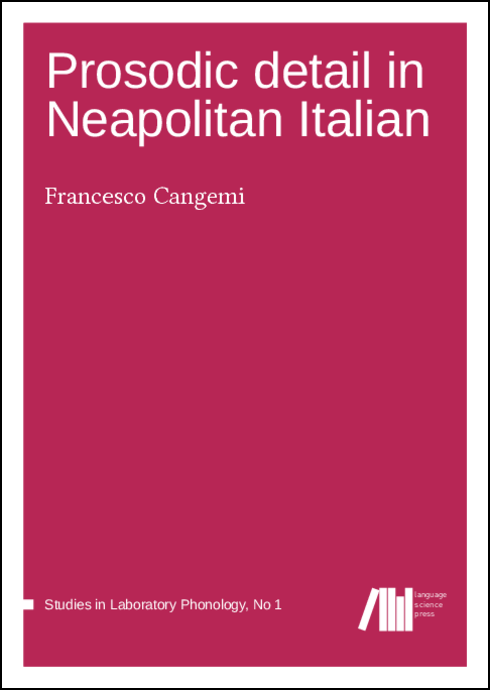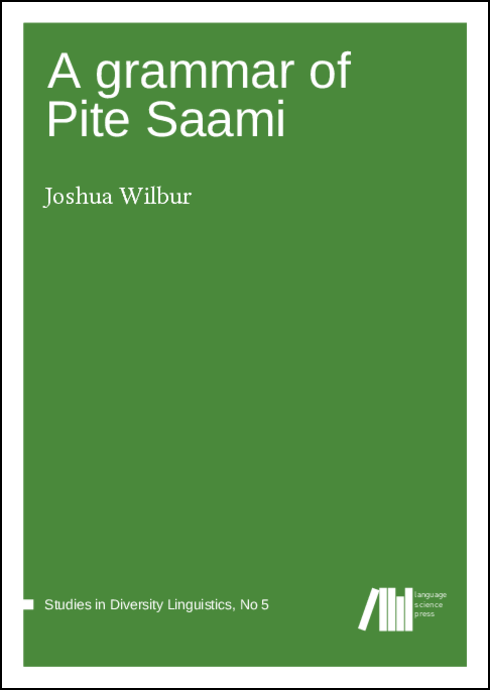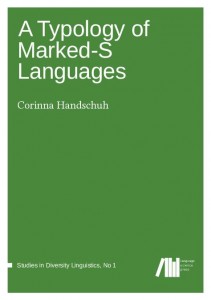 We are happy to announce the first book in the series Textbooks in Language Sciences: “Einführung in die grammatische Beschreibung des Deutschen” by Roland Schäfer.
We are happy to announce the first book in the series Textbooks in Language Sciences: “Einführung in die grammatische Beschreibung des Deutschen” by Roland Schäfer.
This textbook is an introduction to the descriptive grammar of German on the levels of phonetics, phonology, morphology, syntax, and graphemics. It is a recommended read for anyone interested in the grammar of German and especially for students of German philology. The book focuses on how grammatical generalizations are derived from concrete linguistic material while covering a huge number of the important phenomena of German grammar. No specific theoretical framework is adopted in the book but it constitutes an ideal starting point for reading more theory-specific textbooks and accessible research papers. Despite its length, the book is suitable for inclusion in all sorts of curricula because more advanced parts are clearly marked and can be skipped, and the five parts of the book can be read separately. Almost all chapters contain a large number of exercises with complete solutions in the appendix.





